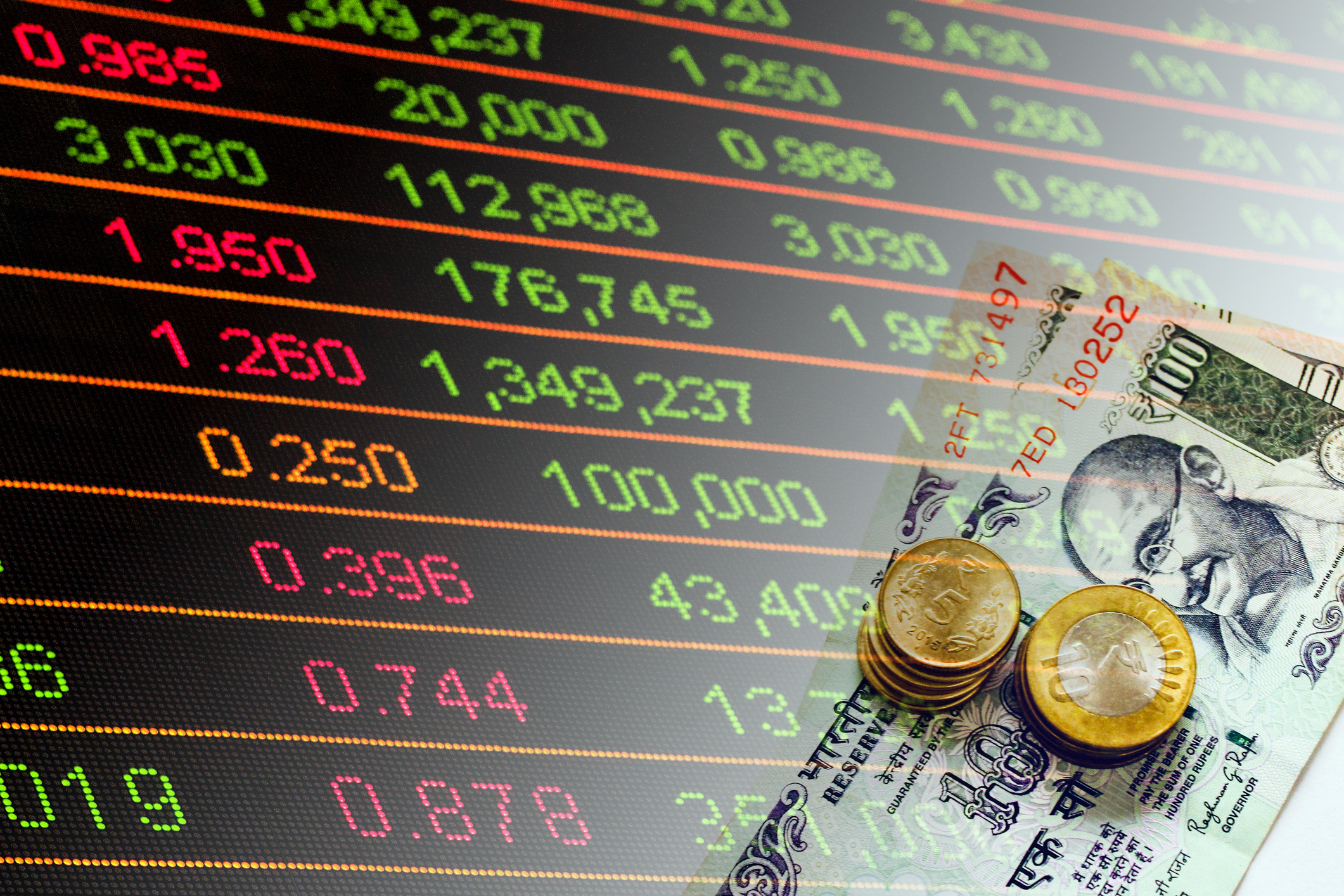Indian equities ended marginally higher this week as initial optimism around GST rationalisation trickled down, but global trade tensions resurfaced.
Benchmark indices Nifty and Sensex ended the week with a gain of around 0.85%, with the focus shifting to mid- and small-cap stocks.
The Nifty IT slipped over 2.5% this week amid concerns over reduced discretionary spending, driven by economic uncertainty, elevated rates, and geopolitical risks. Sector-wise, Nifty Metal and Auto indices gained around 1% each, while Realty and FMCG slipped up to 1.5% on profit booking.
“In contrast to the IT sector, consumer-focused sectors such as auto and FMCG advanced, supported by expectations that GST cuts will boost domestic consumption and aid demand recovery,” said Vinod Nair, Head of Research, Geojit Investments Limited.
The upbeat macroeconomic data, hopes of a US Fed rate cut, and positive global cues lend some support to domestic equities. Global bond markets, however, added to the cautionary mood, with German and French 30-year yields hitting decade highs on rising debt and fiscal imbalances in the Eurozone.
Auto majors such as Eicher Motors and M&M rallied 2% each to record highs after GST on vehicles was reduced from 28% to 18%. Among metal sector-related stocks, GMDC jumped 11% to ₹509, while National Aluminium and NMDC gained up to 2%.
Analysts expect sentiment to remain mixed as GST relief, resilient consumption, and government spending benefit domestic growth-linked sectors, while global trade negotiations continue to limit risk appetite.
“A multi-asset investment strategy is expected to gain traction in this environment. Traders are focused on the U.S. jobs report, a macro trigger that could influence Fed rate cuts. U.S. nonfarm payrolls, unemployment, inflation, and the ECB’s rate decision will also guide investors this week,” said Nair.
“On the weekly scale, the Nifty has consolidated within a wider range by forming an inside bar pattern. Supports can be found at 24650 and 24500 zones, but it must now hold above 24700 zones to move upward towards 24850 and then 25000 zones,” according to Motilal Oswal broking house.
Domestically, persistent foreign outflows weighed on the rupee, which slipped to a record low against the US dollar. Meanwhile, safe-haven demand pushed gold prices to all-time highs.
GST rationalisation is expected to boost consumption, simplify tax system, reduce compliance burdens, and enhance voluntary compliance, thereby widening the tax base.
(IANS)














